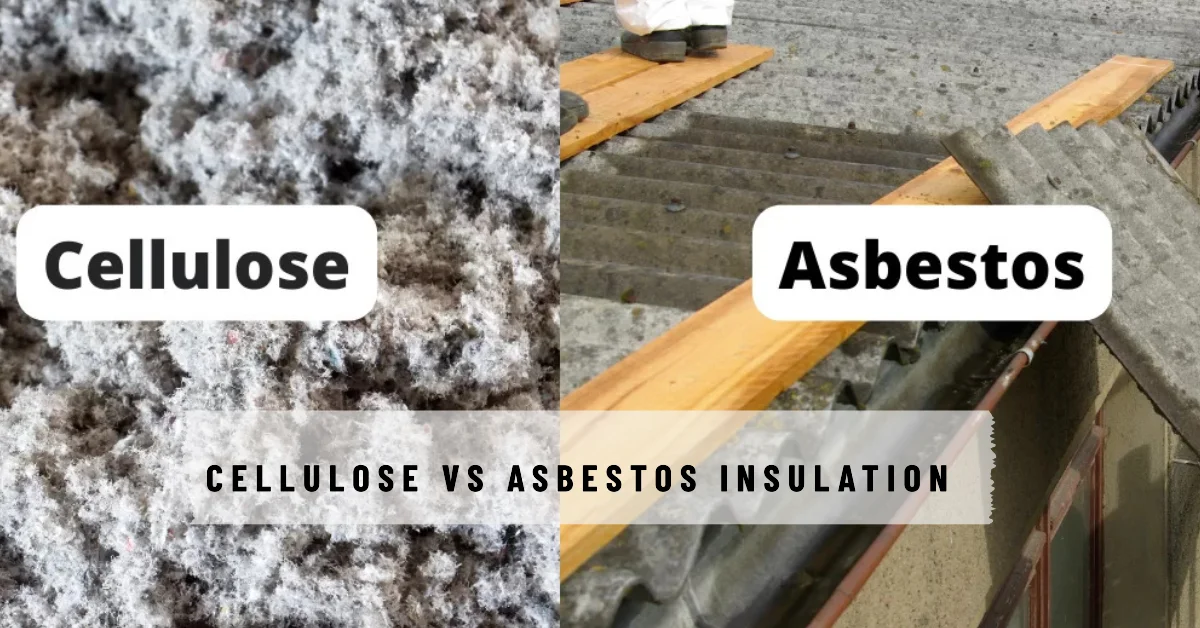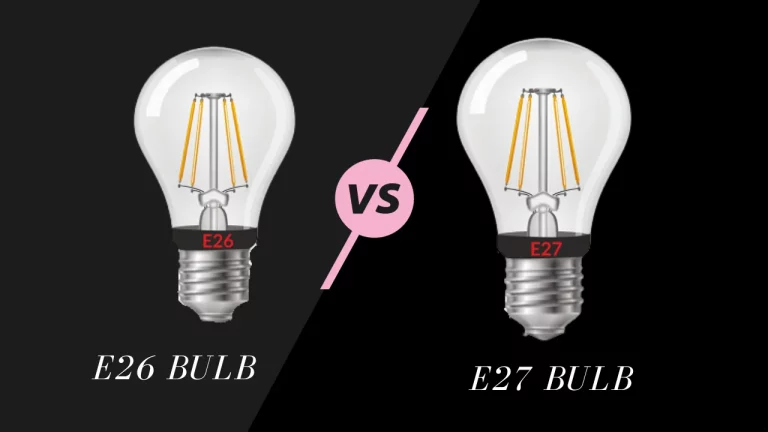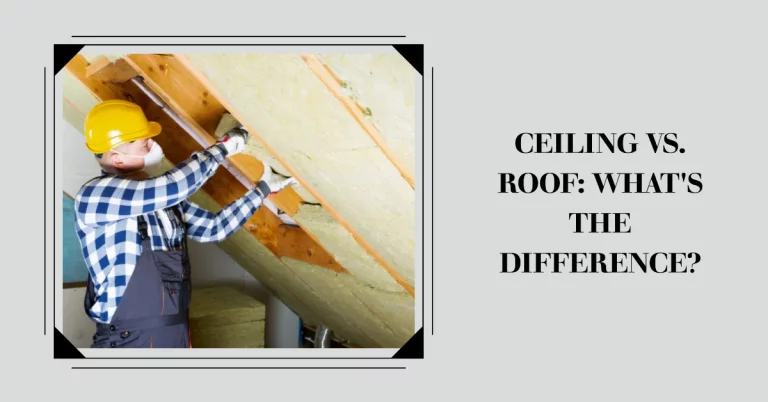Difference Between Cellulose and Asbestos Insulation
Did you know, How to Tell the Difference Between Cellulose and Asbestos Insulation because its essential for insulate. Asbestos and cellulose are two types of insulation that were used in homes and buildings. Asbestos was banned in the United States in 1978. You can still found in old homes which built before 1978. Cellulose is a safe and popular alternative to asbestos. Cellulose is a safe and popular alternative to asbestos.
However, it’s crucial to know the differences, as asbestos poses severe health hazards.
In this guide, we will help you differentiate between cellulose and asbestos insulation, so you can identify the correct material present in your home.
Identifying Cellulose Insulation
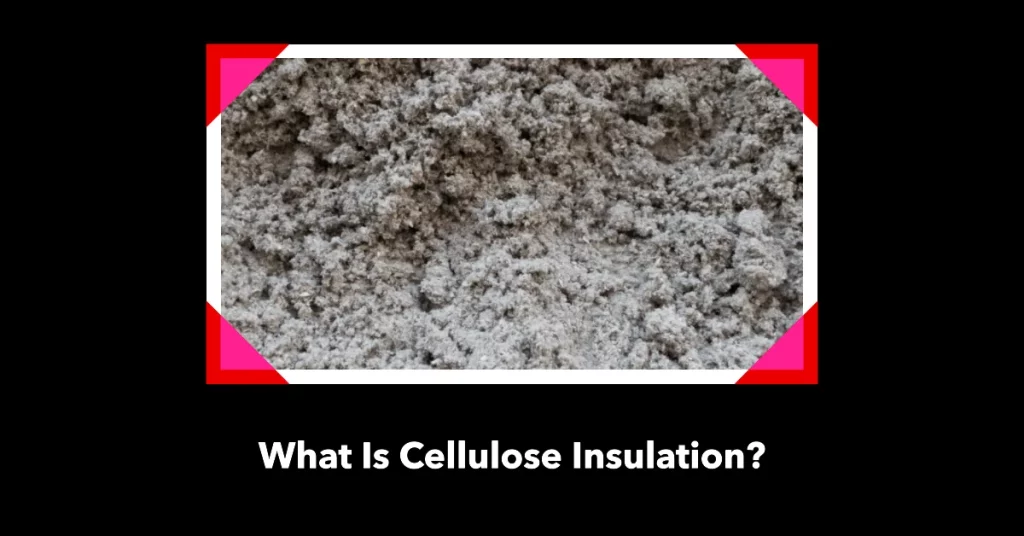
Cellulose insulation is an eco-friendly option, made primarily from recycled paper materials, like newsprint or cardboard. It is treat with fire retardants to enhance its resistance to combustion. Cellulose insulation is famous for its excellent thermal performance and sound absorption qualities. Here are some tips to recognize cellulose insulation:
- Color & Texture: Cellulose insulation is generally gray or beige, and its texture is soft, loose, and paper-like. The material is lightweight and small chunks, fibers, or granular consistency.
- Age of the Home: Homes built or renovated after the 1970s are more likely to contain cellulose insulation, its eco-friendly and become an alternative to hazardous materials like asbestos.
- Labeling: Insulation materials may carry a label or tag indicating the type of material used. Look for any signs of a brand name, the words “cellulose” or “recycled paper,” or any information about its R-value.
Also read Difference Between Roof and Ceiling
Identifying Asbestos Insulation
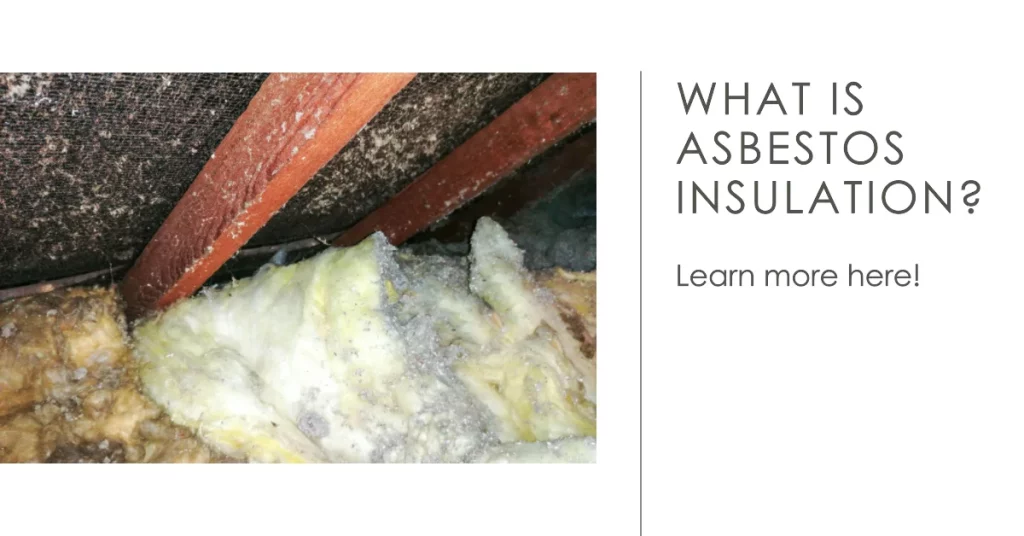
Asbestos insulation widely use in homes which built between the 1930s and 1970s. Asbestos is hazardous when its fibers become airborne after being disturb, as inhaling them can cause severe lung diseases. Here’s how to identify asbestos insulation:
- Color & Texture: Asbestos insulation is typically white, off-white, or pale gray. The fibers resemble fine threads with a fluffy or dense texture, looking like cotton candy or rock wool. Vermiculite insulation, which looks like small, pebble-like pieces, may also contain traces of asbestos.
- Age of the Home: If your home was built between the 1930s and 1970s and hasn’t undergone significant insulation updates, there is a possibility that asbestos insulation is present.
- Pipe Wrapping: Asbestos often use as a material to wrap pipes and ducts. If you find a white, fibrous wrapping material within your home, it may be asbestos.
- Professional Inspection: If you suspect asbestos in your insulation, do not disturb it. Contact a professional asbestos inspector for testing and proper handling.
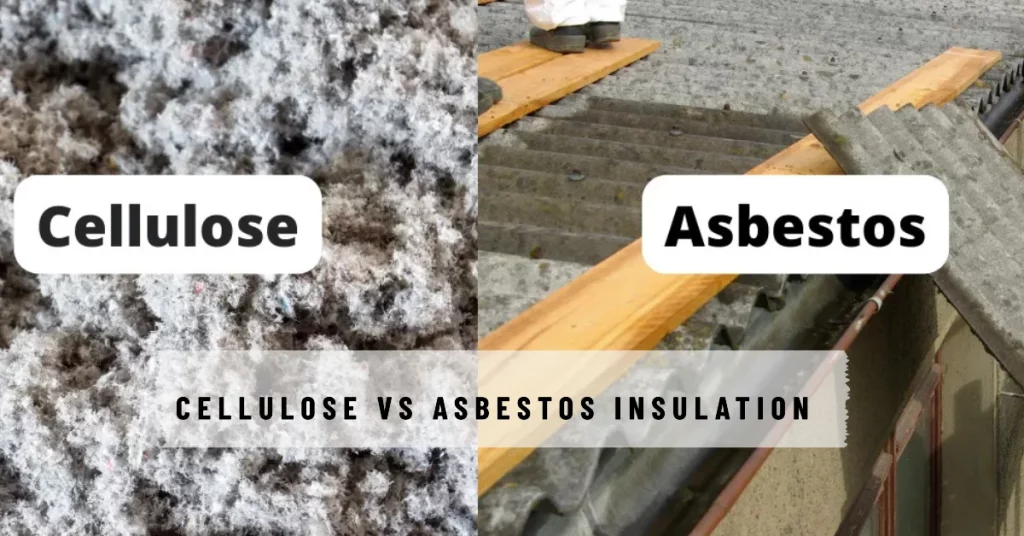
What is difference between cellulose and asbestos insulation?
- Appearance: Cellulose insulation is typically a light gray color and has a papery texture. Asbestos insulation is often grayish-brown or silver-gold in color and has a fibrous texture.
- Weight: Cellulose insulation is relatively lightweight. Asbestos insulation is much heavier.
- Friability: Cellulose insulation is not friable, meaning it does not crumble easily. Asbestos insulation is friable, meaning it can easily be crumbled into a fine powder.
- Texture: Cellulose insulation has a soft, fluffy texture. Asbestos insulation has a hard, smooth texture.
Here is a table that summarizes the key differences between cellulose and asbestos insulation:
| Feature | Cellulose Insulation | Asbestos Insulation |
|---|---|---|
| Material | Recycled paper | Asbestos fibers |
| Color | Light gray | Grayish-brown or silver-gold |
| Weight | Lightweight | Heavy |
| Friability | Not friable | Friable |
| Texture | Soft and fluffy | Hard and smooth |
| Cost | Affordable | More expensive |
| R-value | 3.1-3.7 per inch | 2.2-2.9 per inch |
| Fire resistance | Fire-resistant | Not fire-resistant |
| Soundproofing | Good soundproofing | Excellent soundproofing |
| Environmental impact | Sustainable and environmentally friendly | Harmful to the environment |
| Health risks | No health risks if undisturbed | Can cause cancer and other health problems if disturbed |
Conclusion
Accurately identifying between cellulose and asbestos insulation is crucial to ensure your home’s safety. While cellulose is a safe and eco-friendly option, asbestos can severe health consequences. It’s best to consult a professional if you’re still unsure or suspect asbestos in your insulation. For more information on the distinction between Sentinel 626 and 747, you can visit this link.
Refence Links

